Choosing surveillance cameras for Toronto homes is a crucial decision that every homeowner must carefully consider. Toronto, the most populous city in Canada, faces its fair share of security challenges. With a high rate of property crimes reported annually, having a reliable surveillance system in place is essential for keeping homes and loved ones safe. Moreover, Toronto’s diverse population and growing number of residential communities mean that homeowners need to select surveillance cameras that cater to their unique needs. This includes considering factors such as camera resolution, field of view, night vision capabilities, and the ability to integrate with smart home technology. Understanding these key factors and their impact on home security is vital for making an informed decision when choosing surveillance cameras for Toronto homes.
The first key takeaway when selecting surveillance cameras for Toronto homes is the importance of camera resolution. Higher camera resolution allows for clearer and more detailed footage, aiding in the identification of potential intruders or incidents. With the advancements in technology, homeowners can now choose from a wide range of camera resolutions, including 1080p, 2K, and even 4K. Considering Toronto’s diverse neighborhoods, each with its unique security requirements, homeowners should carefully assess the level of detail needed in their camera footage to ensure maximum effectiveness.
Another crucial aspect to consider when choosing surveillance cameras for Toronto homes is their field of view. The field of view determines the extent of the area captured by the camera, and selecting an appropriate field of view is essential for comprehensive surveillance coverage. Depending on the layout and size of one’s home, homeowners can opt for cameras with narrow, medium, or wide-angle lenses. Narrow-angle lenses are suitable for monitoring specific areas, while wide-angle lenses allow for broader coverage. With Toronto’s varied housing designs and lot sizes, the choice of field of view should align with the specific needs of each homeowner.
In the next part of this article, we will explore the critical considerations related to night vision capabilities, the integration of surveillance systems with smart home technology, and the importance of professional installation. By understanding these key takeaways, homeowners in Toronto will be equipped with the knowledge needed to make an informed decision when selecting surveillance cameras for their homes.
Key Takeaways
1. Consider the specific needs and vulnerabilities of your Toronto home before choosing surveillance cameras, such as the size and layout of the property, potential blind spots, and high-risk areas.
2. Select surveillance cameras with high image quality and resolution to ensure clear and detailed footage, particularly at night, as this can significantly aid in identifying potential criminals.
3. Opt for surveillance cameras that offer advanced features such as motion detection, remote access, and notifications, as these can enhance security by alerting homeowners to suspicious activity and facilitating live monitoring.
4. Take into account the storage and retention capabilities of the surveillance cameras, ensuring they can accommodate the desired timeframe of recorded footage and offer options for easy retrieval.
5. Comply with Canadian privacy laws and regulations when installing and using surveillance cameras, ensuring proper placement, informing individuals on the premises, and obtaining explicit consent if recording in private areas, as violations can lead to legal consequences.
What factors should be considered when choosing surveillance cameras for Toronto homes?
Determining the surveillance camera type
Before selecting surveillance cameras for your Toronto home, it is crucial to consider the type of camera that best suits your needs. There are various options available, including:
- Fixed cameras: These cameras are stationary and can capture footage in a specific area.
- Pan-tilt-zoom (PTZ) cameras: PTZ cameras can rotate horizontally, vertically, and zoom in and out, allowing for flexible coverage.
- Dome cameras: Dome cameras offer a discreet appearance and are often used for indoor surveillance.
- Wireless cameras: Wireless cameras eliminate the need for complex wiring, providing easier installation and flexibility in camera placement.
Consider the camera resolution and image quality
The image resolution and quality are determining factors when selecting surveillance cameras. Higher resolution cameras capture more details, making it easier to identify individuals or objects in the footage. High-definition (HD) cameras are recommended for clear and crisp video recordings, especially when facial recognition or license plate identification is required.
Assess the camera’s night vision capabilities
Given the importance of around-the-clock surveillance, it is essential to choose cameras with reliable night vision capabilities. Look for cameras equipped with infrared (IR) LEDs, which provide illumination in low-light conditions. Ensure the camera’s night vision range is suitable for the area you wish to cover.
Consider the camera’s field of view
The camera’s field of view determines the coverage area. It is crucial to assess the field of view provided by the camera and ensure it meets your surveillance requirements. Wide-angle lenses offer broader coverage, while cameras with adjustable lenses allow for customized viewing angles.
Understand the camera’s storage options
Storage plays a vital role in surveillance systems as it determines how much video footage can be saved. Consider whether the camera offers local storage options, such as an SD card slot, or if it supports cloud storage. Adequate storage capacity ensures important footage is not lost.
Assess the camera’s connectivity options
When choosing surveillance cameras for your Toronto home, consider the connectivity options available. Most cameras offer Wi-Fi connectivity, allowing for remote access via mobile devices. Additionally, if you prefer a wired connection, ensure the camera has suitable Ethernet ports.
Evaluate the camera’s weather resistance
Since Toronto experiences various weather conditions throughout the year, it is essential to select cameras that are weather resistant. Look for cameras with an Ingress Protection (IP) rating, indicating their ability to withstand dust, moisture, and extreme temperatures.
Consider additional features and extras
While the core features are essential, it is worth considering additional functionalities and extras that can enhance the surveillance system’s effectiveness. These may include:
- Motion detection: Cameras with motion detection can trigger recordings or send alerts when motion is detected in the monitored area.
- Two-way audio: Cameras equipped with two-way audio capabilities allow for communication between the camera and individuals on-site, offering an added layer of security.
- Remote access: Ensure the camera supports remote access, allowing you to monitor your Toronto home’s surveillance system from anywhere.
- Integration with smart home systems: Consider cameras that seamlessly integrate with your existing smart home systems, providing a unified home security solution.
What are some important tips to keep in mind when choosing surveillance cameras for Toronto homes?
- Assess your specific surveillance needs and requirements before choosing a camera type.
- Consider the resolution and image quality to ensure clear and detailed video footage.
- Verify the camera’s night vision capabilities and ensure they meet your requirements.
- Evaluate the camera’s field of view to ensure sufficient coverage for your intended surveillance areas.
- Consider the available storage options and determine the amount of footage you need to retain.
- Check the camera’s connectivity options, such as Wi-Fi or Ethernet ports, to suit your preferences.
- Ensure the chosen cameras are weather resistant to withstand Toronto’s diverse weather conditions.
- Look for additional features like motion detection, two-way audio, remote access, and integration with smart home systems to enhance the surveillance system’s functionality.
- Read customer reviews and ratings to gain insights into the camera’s performance and reliability.
- Consult with a professional surveillance system provider in Toronto for expert advice and assistance in choosing the ideal cameras.
Frequently Asked Questions
1. What are the important factors to consider when choosing surveillance cameras for my Toronto home?
When selecting surveillance cameras for your Toronto home, it is essential to consider factors such as the camera’s resolution, field of view, night vision capabilities, storage options, and whether it is suitable for both indoor and outdoor use.
2. Should I opt for wired or wireless surveillance cameras?
Both wired and wireless surveillance cameras have their own advantages and disadvantages. Wired cameras are typically more reliable and offer a more stable connection, but they may require professional installation. On the other hand, wireless cameras are easier to install and can be more flexible in terms of placement, but they may be susceptible to signal interference.
3. Can surveillance cameras be used in low-light or completely dark areas?
Yes, many surveillance cameras are equipped with night vision capabilities, allowing them to capture clear footage in low-light or complete darkness. It is crucial to choose cameras with infrared (IR) LEDs or other advanced night vision technologies for optimal performance in such environments.
4. How much storage space do I need for my surveillance camera footage?
The storage space required depends on factors like the number of cameras, resolution, and the number of days you want to retain the footage. As a general guideline, it is recommended to have at least 1-2 terabytes of storage space for a typical home surveillance system.
5. Can I access my surveillance camera feeds remotely?
Yes, most modern surveillance cameras offer remote access capabilities. This means you can view the camera feeds and even control the cameras from your smartphone, tablet, or computer, as long as you have an internet connection.
6. Are surveillance cameras weatherproof and suitable for outdoor use in Toronto’s climate?
When choosing surveillance cameras for outdoor use in Toronto, it is vital to select cameras that are weatherproof and specifically designed to withstand harsh weather conditions, such as extreme cold, rain, and snow. Look for cameras with an Ingress Protection (IP) rating of IP66 or higher.
7. Can I integrate surveillance cameras with my existing home security system?
Yes, many surveillance cameras are compatible with existing home security systems. However, it is crucial to ensure that the cameras and the security system use compatible protocols or have the necessary integration options. Consult with a professional if you are unsure about the compatibility.
8. How much should I expect to spend on a surveillance camera system for my Toronto home?
The cost of a surveillance camera system for your Toronto home can vary depending on factors like the number of cameras, camera quality, storage capacity, and additional features. On average, a basic surveillance system can cost around $500, while more advanced systems with higher-quality cameras and additional functionalities can range from $1,000 to $3,000 or more.
9. Do I need to obtain any permits or permissions to install surveillance cameras in my Toronto home?
In Toronto, you generally do not need any permits or permissions to install surveillance cameras in your home as long as you are not violating any privacy laws. However, it is advisable to familiarize yourself with the applicable regulations and laws to ensure compliance.
10. How can I ensure the privacy and security of my surveillance camera system?
To ensure the privacy and security of your surveillance camera system, it is recommended to change the default passwords of the cameras and the associated recording devices. Additionally, consider encrypting the camera feeds and regularly updating the firmware to protect against potential vulnerabilities.
Final Thoughts
Choosing the right surveillance cameras for your Toronto home is crucial in enhancing security and peace of mind. By considering important factors such as camera resolution, night vision capabilities, storage options, and compatibility with existing systems, you can ensure that your surveillance system meets your specific needs.
Remember to assess whether wired or wireless cameras best suit your requirements, and prioritize weatherproof cameras for outdoor use in Toronto’s climate. Be mindful of privacy regulations and take necessary steps to secure your surveillance system, such as changing default passwords and keeping firmware up to date. With proper research and planning, you can successfully choose surveillance cameras that provide optimal protection for your Toronto home.
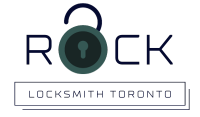
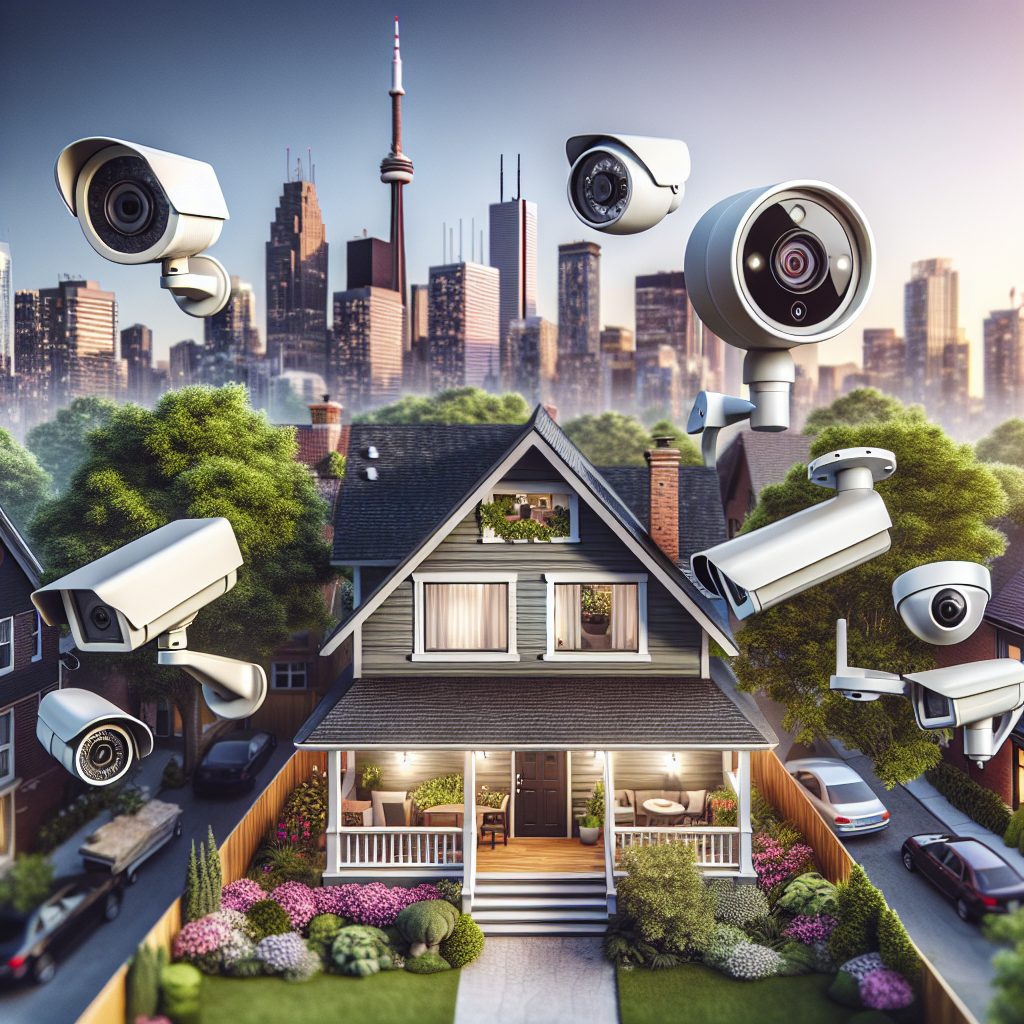
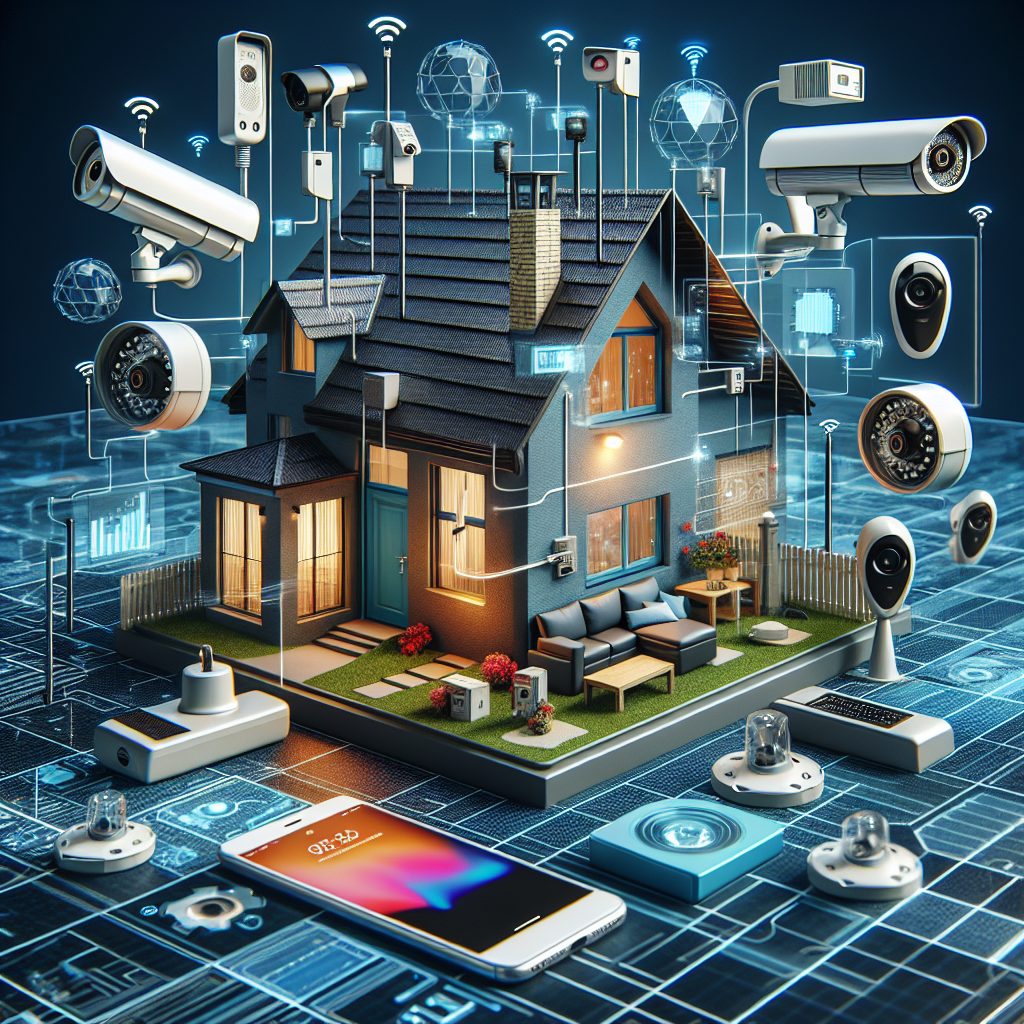
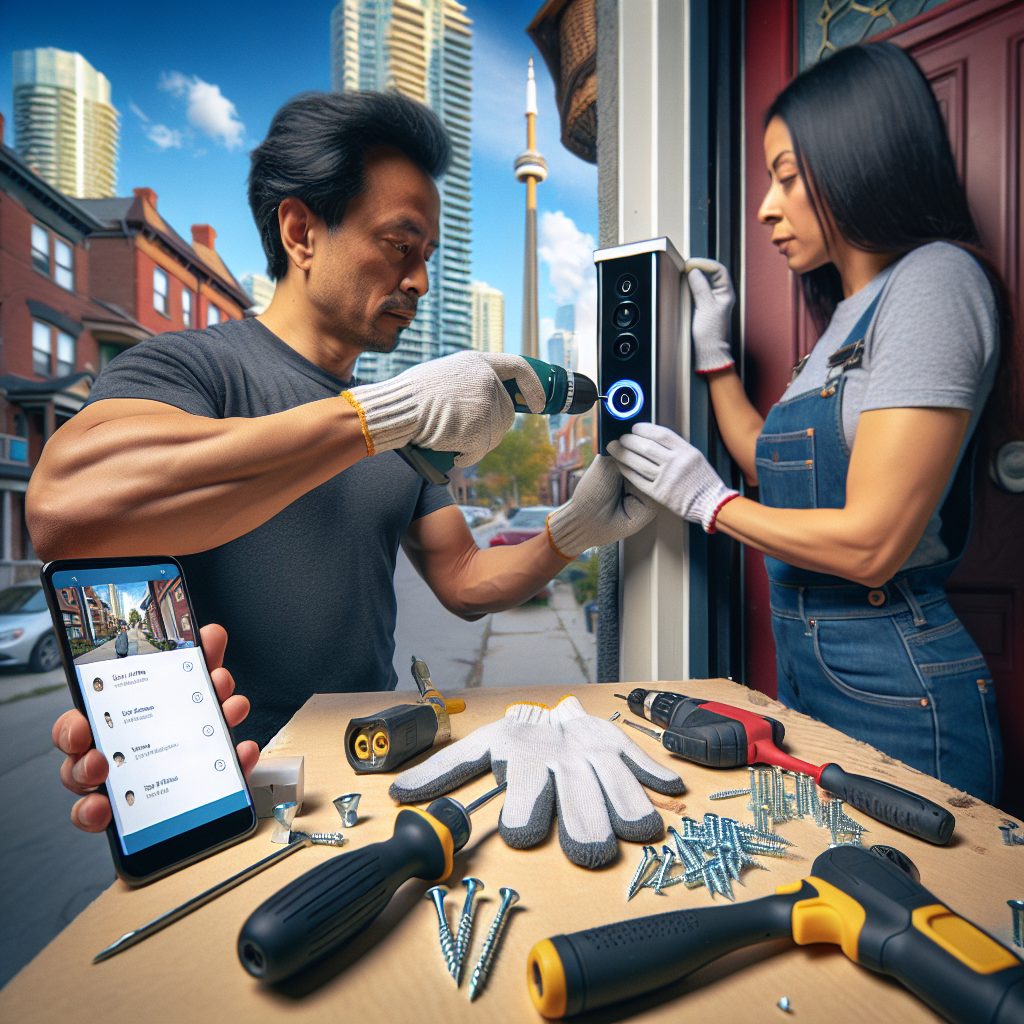

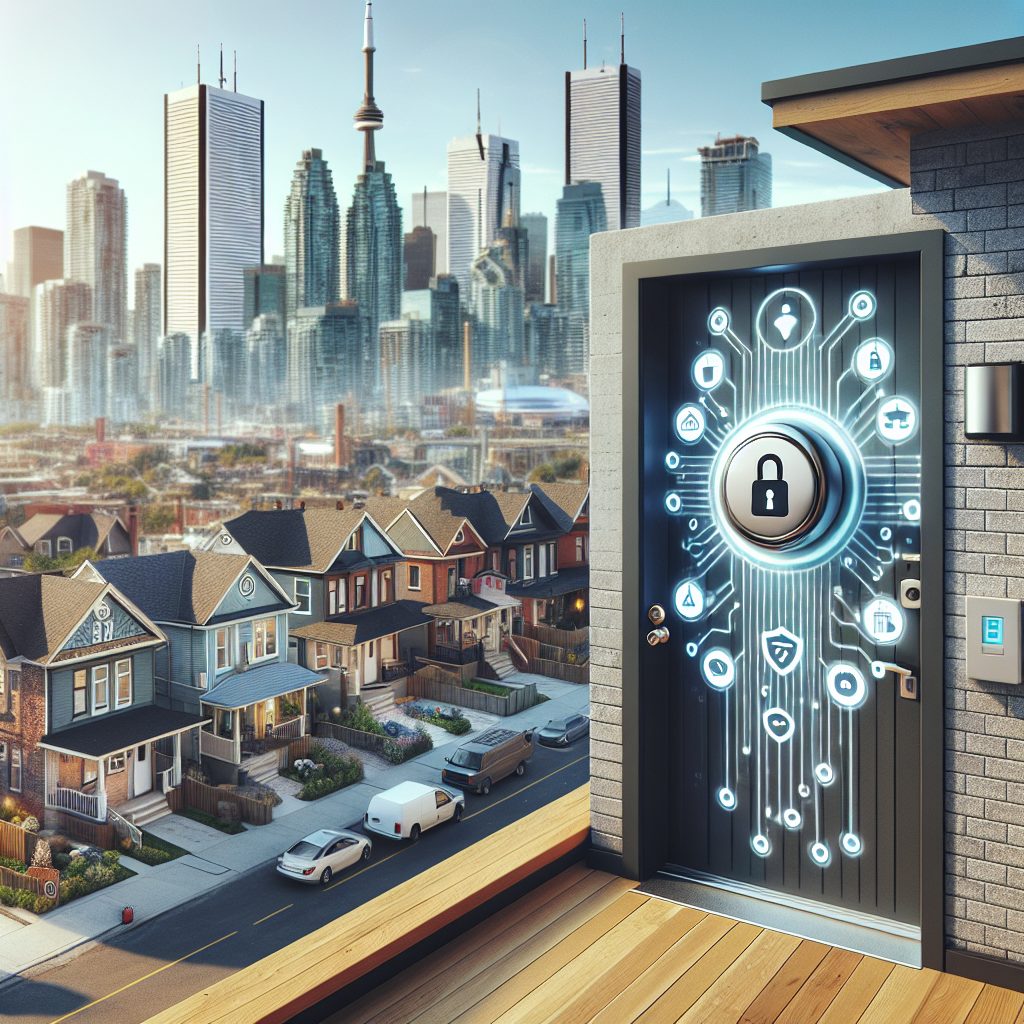
Recent Comments